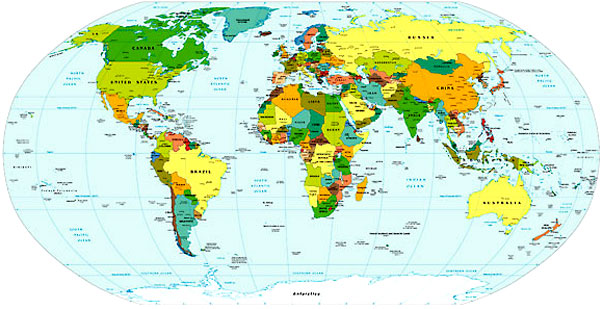 On 27 October Turkmenistan celebrates its Independence Day. Independence? From the USSR: on this day in 1991 Turkmenistan declared its independence; on 8 December independence was recognised. The capital is Ashgabat.
On 27 October Turkmenistan celebrates its Independence Day. Independence? From the USSR: on this day in 1991 Turkmenistan declared its independence; on 8 December independence was recognised. The capital is Ashgabat.So, Turkmenistan is Turkic nation in Central Asia, sitting on the eastern side of the Caspian Sea. Given its position between the Middle East and the large East Asian powers, I guess it’s not surprising that the country was conquered a few times over the years—even Alexander the Great. It was in the seventh century or so that Arabs conquered the region, bringing Islam with them, also incorporating Turkmen into Middle Eastern culture.
Turkmenistan became a Soviet Socialist Republic in 1924. As part of the USSR the alphabet changed from Arabic script first to Latin, and then to the Cyrillic alphabet.
 If you were reading about Central Asia a few years ago you may have come across stories about Saparmyrat Nyýazow, who served as head of state pre-independence from 1985, and until his death in 2006. Now this was a totalitarian leader—his regime was incredibly repressive. And yet, most of the stories I remember were really about things that were portrayed as over-the-top, silly, extravagant—but not really cruel. An example? Well, he renamed months after family members. He over saw the building of the tallest structure in the capital, the Neutrality Arch—and placed on top of the monument a gold-plated statue of himself that rotates 360 degrees over the course of 24 hours, and always faces the sun. On the more serious side, in 2007 Reporters Without Borders ranked Turkmenistan the thirds most restrictive country in the world when it comes to press freedoms. Add to that repression of homosexuality and the authorities monitor religious groups. And, in a measure that I’m guessing makes Johnny Depp extremely unwelcome, beards and long hair are banned. But, really, I’m sure those last few facts have passed you by, and you’re still thinking about the Neutrality Arch. Oh, it seems Nyýazow’s successor, Gurganguly Berdimuhammedow (that’s an amazing name!) is tired of thinking about the Neutrality Arch. He had to moved to a highway at the edge of Ashgabat.
If you were reading about Central Asia a few years ago you may have come across stories about Saparmyrat Nyýazow, who served as head of state pre-independence from 1985, and until his death in 2006. Now this was a totalitarian leader—his regime was incredibly repressive. And yet, most of the stories I remember were really about things that were portrayed as over-the-top, silly, extravagant—but not really cruel. An example? Well, he renamed months after family members. He over saw the building of the tallest structure in the capital, the Neutrality Arch—and placed on top of the monument a gold-plated statue of himself that rotates 360 degrees over the course of 24 hours, and always faces the sun. On the more serious side, in 2007 Reporters Without Borders ranked Turkmenistan the thirds most restrictive country in the world when it comes to press freedoms. Add to that repression of homosexuality and the authorities monitor religious groups. And, in a measure that I’m guessing makes Johnny Depp extremely unwelcome, beards and long hair are banned. But, really, I’m sure those last few facts have passed you by, and you’re still thinking about the Neutrality Arch. Oh, it seems Nyýazow’s successor, Gurganguly Berdimuhammedow (that’s an amazing name!) is tired of thinking about the Neutrality Arch. He had to moved to a highway at the edge of Ashgabat. And today’s Turkmen poem is by Gurbannazar Eziz. I comes from the amazing Language for a New Century.
The Eastern Poem
A green wind brushed a slender branch,
opening the mouths of the buds.
Head thrown back to the sky, a wolf howled,
as if telling his complaint to the moon.
Moonshadow fell on the river,
weaving a golden carpet across the water.
Beneath the Asian sky, a girl
recited a poem by the eastern poet.
Beneath this sky. in moonlight,
the poetry written in ancient times,
finding no place in the kings’ golden castles,
knocked on the door of the common people.
Nothing of the ancient world is old
if a nation’s people have the desire.
Old is something new that’s been forgotten.
New means the legacy of what was before.
And so if this sky remains,
if this moon continues to extend its beam,
as the early star is born each morning,
the eastern poem will cast its glow over the world.
We will pass away.
After us, there will be many others,
and then a girl, turning her face toward the sky,
will remember what was written in pursuit of eternity.
—Gurbannazar Eziz
translated from the Turkmen by Eric Welsapar and Idra Novey
from Language for a New Century


No comments:
Post a Comment